Beavers are large members of the rodent family. The only other rodent larger than the beaver is the capybara. They are semi-aquatic, which means that they spend much of their time in the water. The most easily recognizable characteristic of the beaver is their large, flat, scaly tail. Read on to learn about the beaver.
Description of the Beaver
As far as rodents go, beavers are defiantly heavyweights. The two species are quite similar, but the Eurasian beaver grows slightly longer than the American beaver does. Beavers grow up to 3.3 ft. long, and weigh in at a maximum of 70 lbs.
Their most notable characteristic is their large, flat tail. Upon closer inspection, you would also notice that these mammals have webbing between their toes as well.
Interesting Facts About the Beaver
Though most people know what beavers are, and that they build dams, that is about as far as their knowledge goes. Learn some amazing facts about these creatures below!
- Tall Tail – That strange tail has a few important uses for a beaver. When swimming, it works as a giant paddle to propel the animal through the water. The tail is also great at forcefully slapping the surface of the water to create a loud smack. This sound will both surprise potential threats and alert other beavers of danger.
- When in Doubt – Rather than sticking around to see if their tail slap scared the predator away, beavers simply hide beneath the water or in their dam. A beaver can hold its breath for up to 15 minutes, and is a powerful swimmer.
- Remarkable Chompers – It is no surprise that a creature that chews down trees has some powerful teeth, but did you know that a beaver’s teeth continue to grow throughout its entire life? In fact, if they do not chew on trees, their teeth will actually keep growing so much that they cannot bite on anything.
- The Beaver Family – There are two different species of beaver, the North American beaver and the Eurasian beaver. As the name suggests, the North American beaver lives in North America, and the Eurasian beaver lives in Europe and Asia. There is also a third, extinct species of beaver that lived several thousand years ago in North America.
Habitat of the Beaver
Beavers live in stream beds, lakes, and rivers. Anywhere they live, their activity changes the environment around them, creating deeper waters and flooded areas. These creatures build two primary types of structures: dams and lodges.
The dams are large trees, mud, and stones that the beaver uses to block waterways. This creates a deeper pond in the area upriver, which offers much more protection from predators. Beavers also create lodges, which are a mass of branches and mud with a hollow inside. This is where the beavers sleep and hide from predators.
Distribution of the Beaver
The North American beaver lives across much of North America. In the past, fur trappers eradicated this species from much of its former range, but it has since made a huge comeback.
These amazing animals reside throughout the vast majority of North America, save some of the southernmost states, and northernmost areas of Canada. The Eurasian beaver lives across portions of Europe, and a strip of habitat into western Asia.
Diet of the Beaver
Beavers feed on the inner bark of trees, and are particularly fond of poplar and aspen trees. They will also eat birch, maple, beech, willow, black cherry, pine, red oak, and more. In addition to trees, beavers also feed on aquatic vegetation, particularly cattails and water lilies. Despite popular myth, beavers do not eat fish!
Beavers as a Keystone Species
Besides humans, beavers are one of the biggest habitat manipulators. Because of this, they impact the survival of many other animal species – but, unlike humans, beavers do so in a positive way. Their dammed waterways create wetland systems, which provide homes for hundreds of different species.
These wetlands work as a sponge, collecting and removing pollutants and sediments from the water, and actually improving water quality. Though they damage trees, beavers are extremely beneficial in their natural habitats.
Beaver and Human Interaction
Historically, humans have clashed with beavers for decades. The fur trade took an immense toll on beaver populations, and nearly wiped out the creatures throughout much of their range. Humans also kill them for an oily secretion that humans used in traditional medicines and in perfume.
In addition to killing them to use their parts, humans hunted beavers in retaliation for their dam building activities. Though flooding creates beneficial wetlands, this is not ideal in some areas intended for human use. Thankfully, they have bounced back from the brink of extinction, and both species have stable populations.
Domestication
Humans have not domesticated beavers in any way.
Does the Beaver Make a Good Pet
No, beavers do not make good pets, especially if you have any wood in your house! If they do not have the proper outlets for grinding down their teeth, the teeth can overgrow, and the beaver can starve.
They also need a large water body to swim in, and a variety of fresh branches and vegetables to keep them happy. This is not particularly practical in a house pet!
Beaver Care
Beavers do well in a zoological setting. The primary importance is providing them with a variety of fresh branches to gnaw on. Without a source of chewing, the beavers cannot grind down their continually growing teeth.
Zookeepers supplement their diet with a variety of fruits and vegetables, as well as a commercially produced rodent biscuit. Because they are semi-aquatic, beavers must also have a large source of water to swim in.
Behavior of the Beaver
Beavers live in small families that contain a breeding pair, their offspring, and the previous season’s offspring. The pairs are monogamous, and they continue to breed with the same partner for life. Some family groups can contain up to ten beavers!
The breeding pair spends much of its time foraging for food, felling trees, maintaining the dams, and marking their territory. Their older offspring will assist in the various duties associated with territory, dam, and lodge maintenance.
Reproduction of the Beaver
A pair of beavers will breed just one time per year. Their gestation period lasts about four and a half months, and they give birth to around four or five offspring per litter. The baby beavers are called kits.
It takes only about six weeks before the mother fully weans her kits. Even though they do not rely on their parents to feed them anymore, they can remain with the family for several years before forming families of their own.

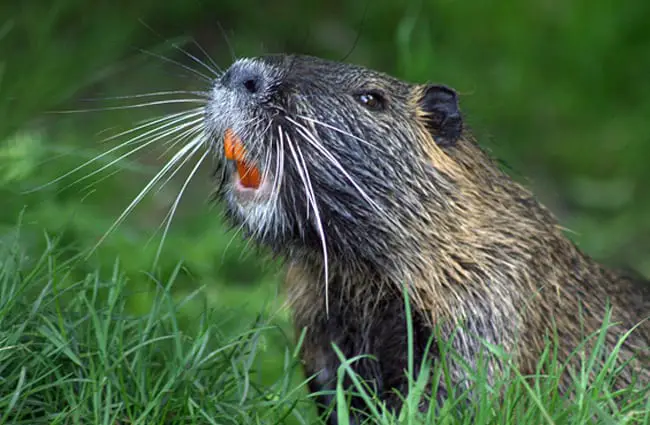
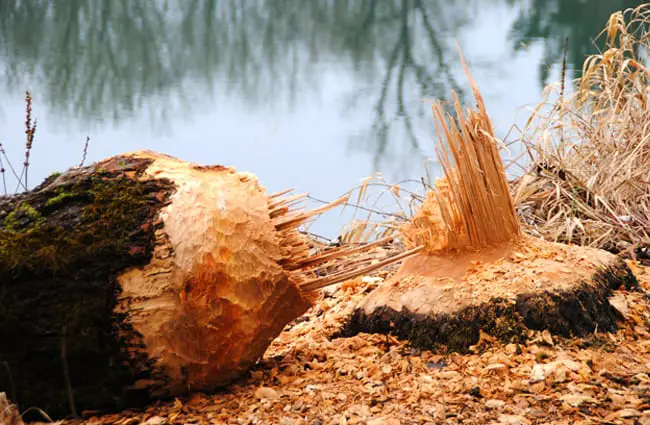
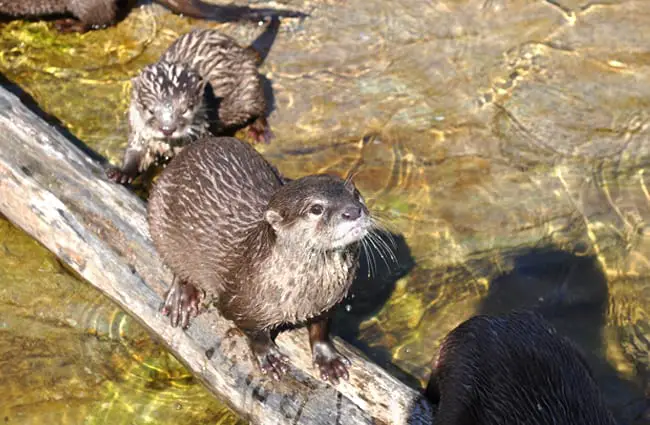



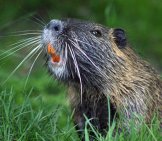
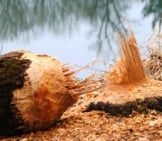
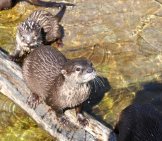
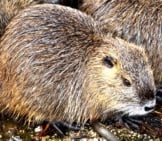
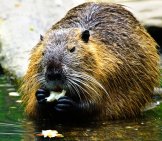
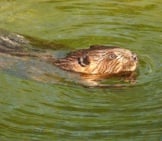
![Red Angus Closeup of a beautiful Red Angus cowPhoto by: U.S. Department of Agriculture [pubic domain]https://creativecommons.org/licenses/by/2.0/](https://animals.net/wp-content/uploads/2020/03/Red-Angus-4-238x178.jpg)












![Red Angus Closeup of a beautiful Red Angus cowPhoto by: U.S. Department of Agriculture [pubic domain]https://creativecommons.org/licenses/by/2.0/](https://animals.net/wp-content/uploads/2020/03/Red-Angus-4-100x75.jpg)

